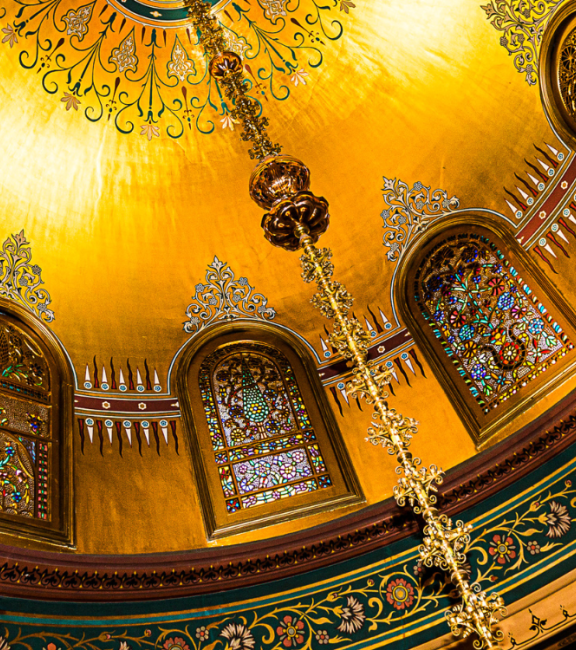
Golden dome in the Arab Hall, Leighton House
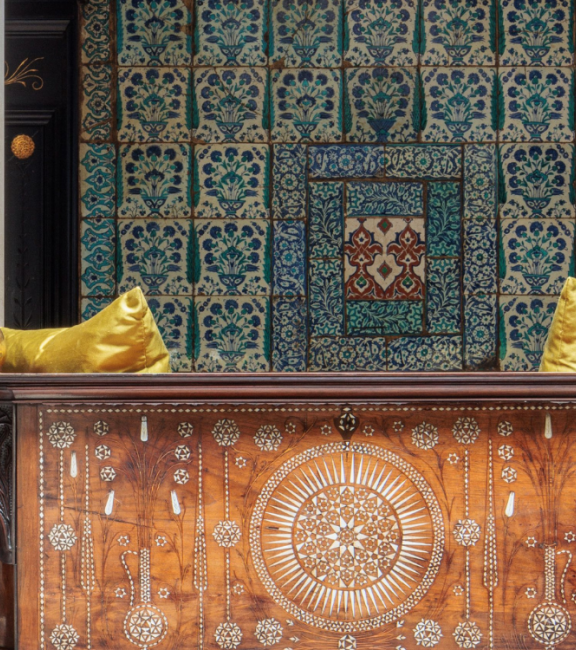
The staircase hall, Leighton House
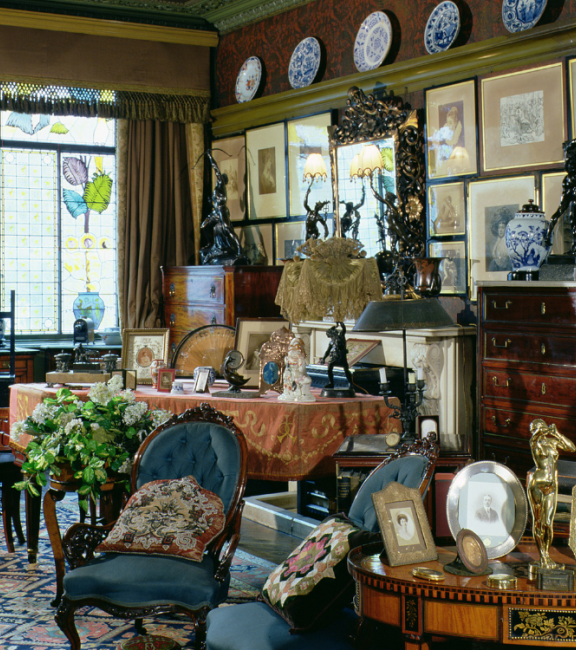
The Drawing Room, Sambourne House
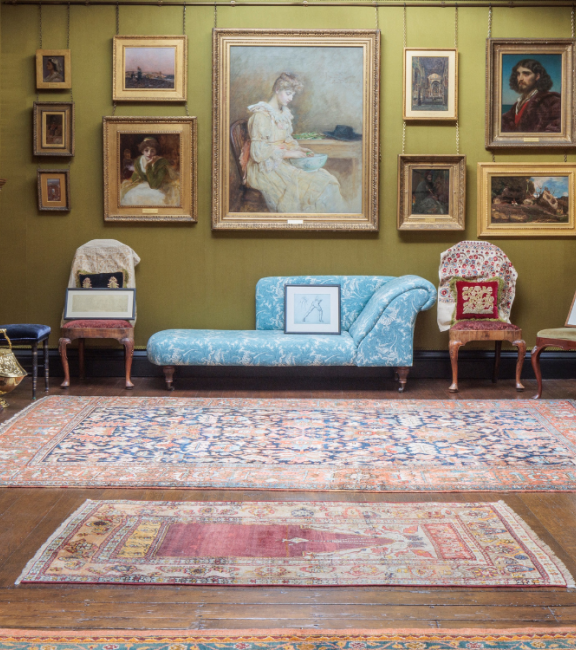
The Silk Room, Leighton House
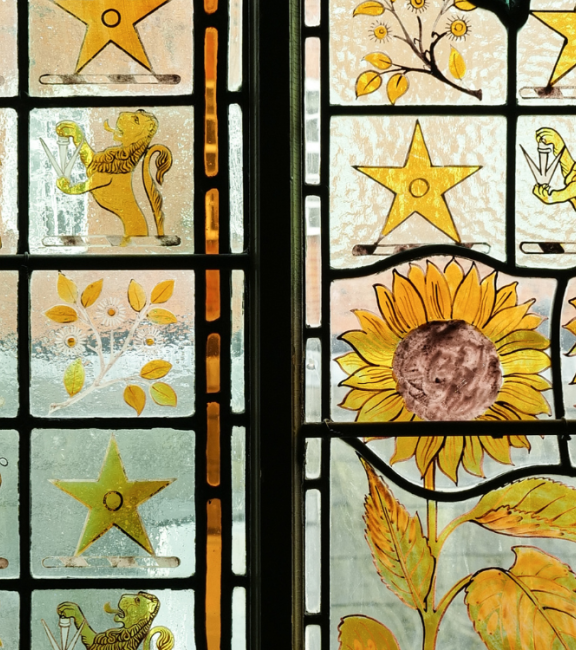
Stained glass window, Sambourne House
Welcome to Leighton House and Sambourne House
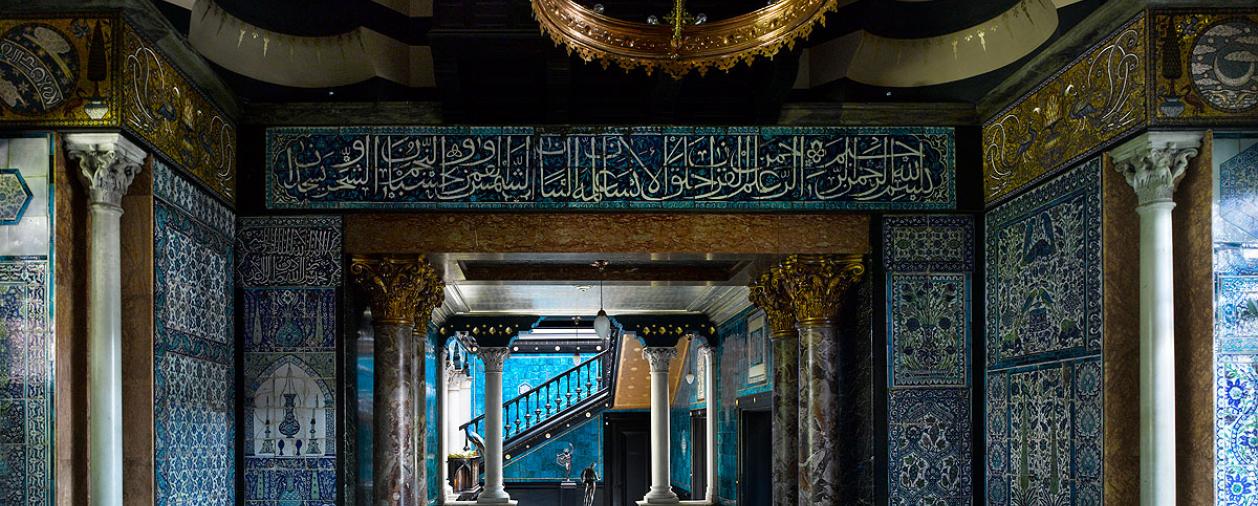
Arab Hall and Narcissus Hall, Leighton House.
Explore Victorian Artists at Home
100 Years of Leighton House: Exhibitions
Explore the full programmeWhat's on
Explore more Carousel containing 6 cardsVisit after-hours and enjoy our new exhibitions, with a paid bar.
Find our about lost collections and admire paper sculptures.
Experience the museum after hours while drawing in Leighton's studio.
Explore artivism, the powerful space where art and activism meet.
Immerse yourself in the spirit of the season with this festive tour.
A new season of outstanding music in Leighton's studio.
Getting here
Welcome to Leighton House and Sambourne House
Leighton House: 12 Holland Park Road, London W14 8LZ
Open Wednesdays to Mondays, 10am to 5:30pm (last entry 4:30pm)
Sambourne House: 18 Stafford Terrace, London W8 7BH
Open Wednesdays to Sundays, 10am to 5:30pm (last entry 4:30pm)
Nearest tube stations: Kensington (Olympia), High Street Kensington
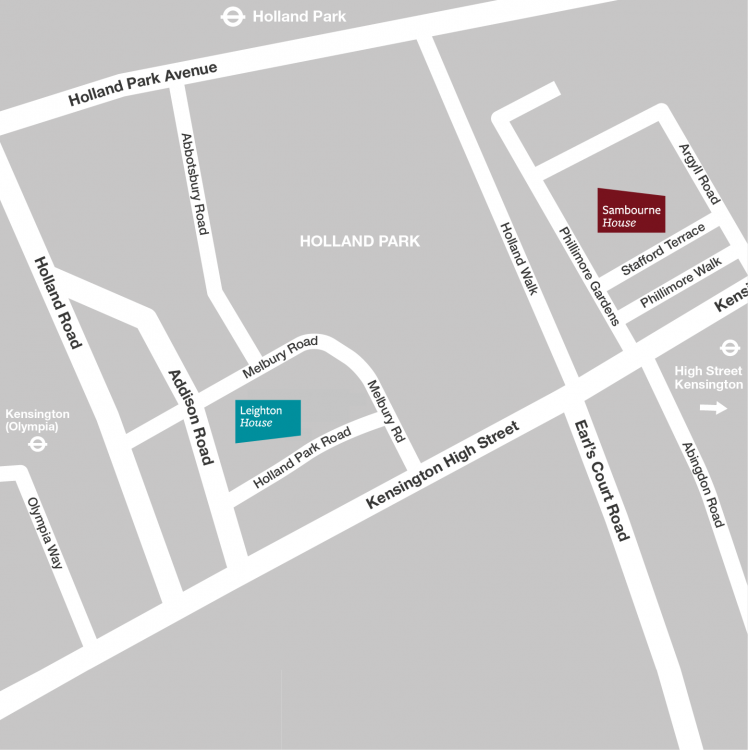
What's New
Learn with us
Find out moreVenue Hire
Book your special event with usJoin The Friends
Discover the exciting benefits of our membership programme, The Friends, and help support our work
